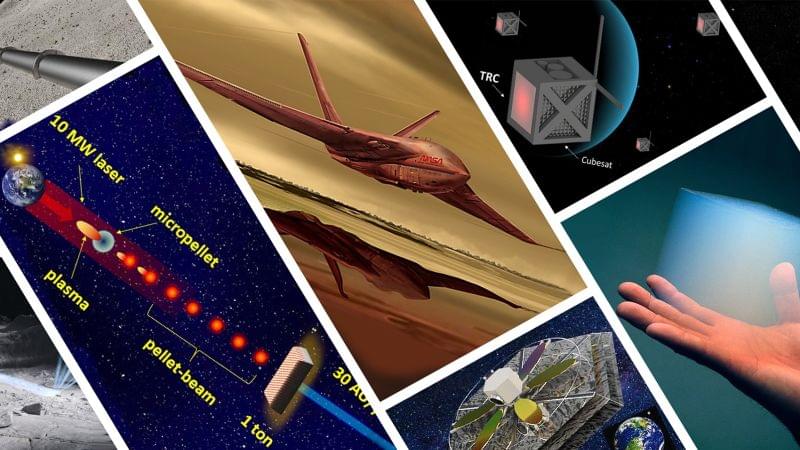This is the first time a nuclear powered engine has been tested in fifty years.
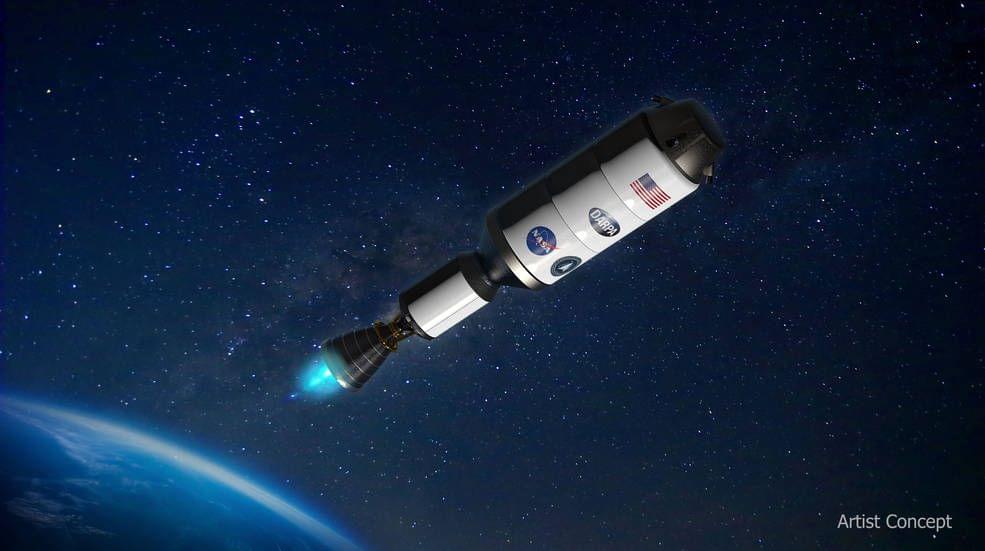

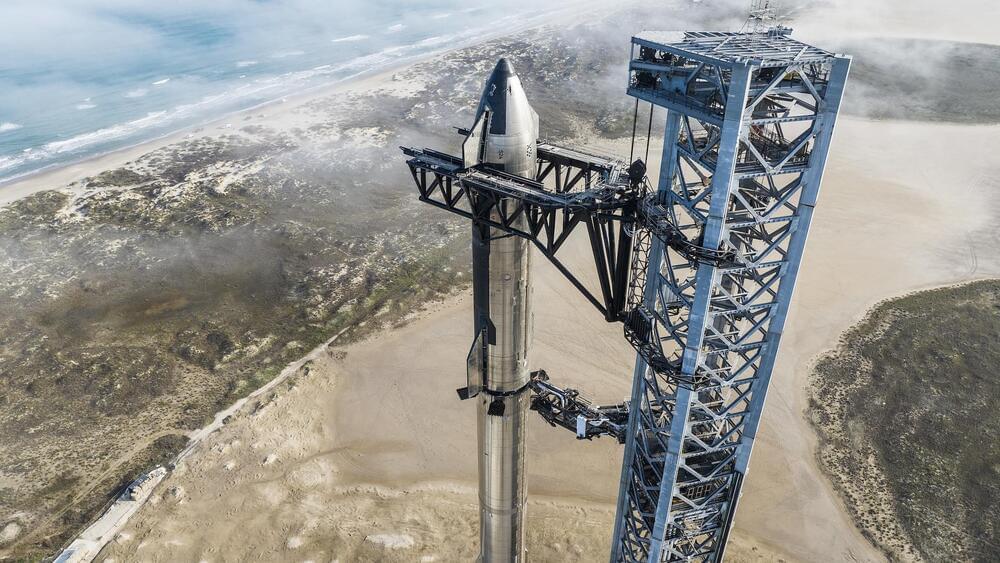
“Success is far from certain, but excitement is guaranteed.”
We may be just one month from seeing SpaceX attempt to fly Starship to orbit. SpaceX CEO Elon Musk confirmed the launch attempt is likely just around the corner over the weekend when he wrote on Twitter, “if remaining tests go well, we will attempt a Starship launch next month.”
SpaceX readies for massive Starship milestone.
SpaceX has been undergoing final preparations for the maiden orbital flight of its fully reusable Starship rocket for a few months, having recently carried out a full wet dress rehearsal.
SpaceX / Flickr.
SpaceX CEO Elon Musk confirmed the launch attempt is likely just around the corner over the weekend when he wrote on Twitter, “if remaining tests go well, we will attempt a Starship launch next month.”
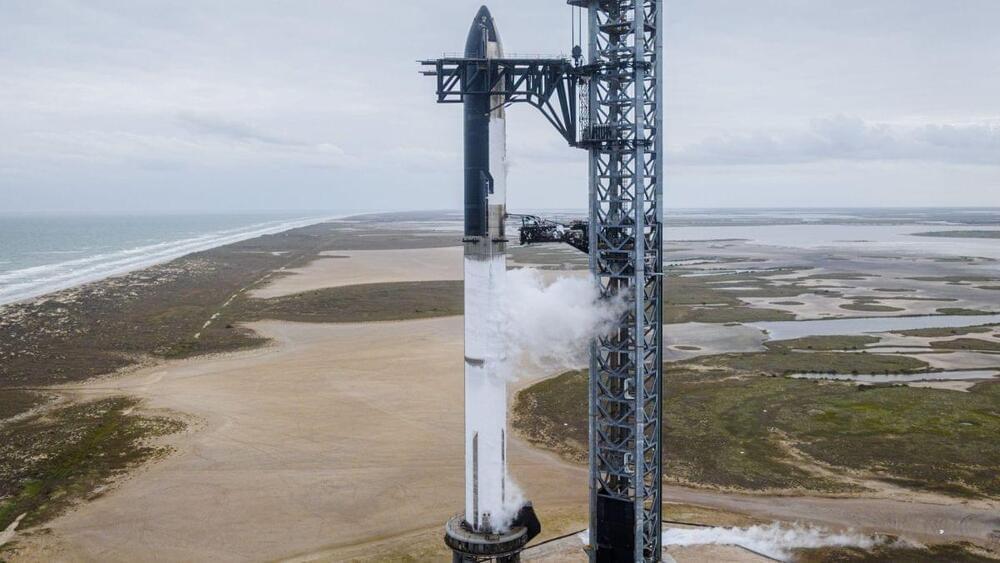
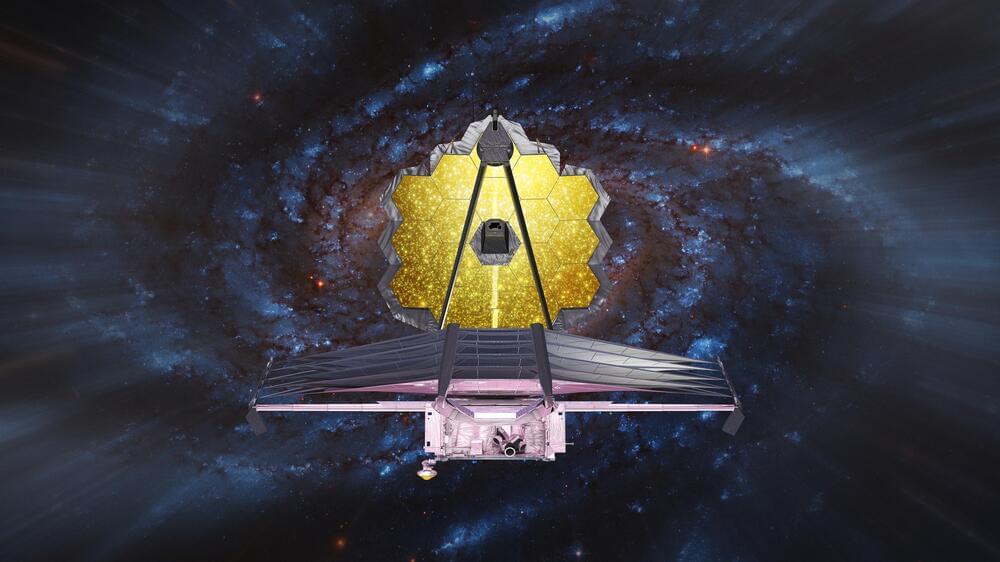
A science instrument on the James Webb Space Telescope (JWST) has been switched off and on again by NASA engineers after the spacecraft was struck by galactic rays, according to the space agency.
A blog post reveals that on Jan. 15 the telescope’s Near Infrared Imager and Slitless Spectrograph (NIRISS) instrument was impacted by high-energy radiation from outside our solar system, disrupting its communications equipment.
NIRISS is crucial to JWST because it can analyze the atmospheres of distant exoplanets. So far it’s helped find carbon dioxide in the atmosphere of WASP-39b, a hot gas-giant orbiting a Sun-like star about 700 light-years from Earth.
Elon Musk lost his claim as having the most powerful space-worthy rocket when NASA blasted its own mega rocket to the moon in November.
But the SpaceX founder could win back the title with his company’s next big project. Starship, SpaceX’s skyscraping rocket and spacecraft, will launch on its first mission soon. During the test flight, the colossal booster will separate about three minutes after liftoff and land in the Gulf of Mexico, according to federal filings (Opens in a new window). The ship will fly in space around Earth at an altitude of over 150 miles, then splash down off the Hawaiian coast (Opens in a new window).
This will be a crucial demonstration of hardware NASA is depending on to get humans back on the moon in the next few years. And, if successful, it’ll mean Musk is one small step closer to realizing his personal dream of building a city on Mars.
Last year, space fans witnessed the long-awaited first test flight of NASA’s moon-bound Space Launch System rocket, but this year could see even more action at the launch pad, as a slate of new rockets look to make their debut.
“There’s a lot to look forward to,” said Colleen Anderson, a historian of technology at the National Air and Space Museum in Washington, D.C. “It’s going to be an interesting time with first flights for a lot of new launch vehicles.”
From new boosters to replacing old workhorses to the much-anticipated first flight of a huge rocket billed as the tallest and most powerful ever built, here’s what to look for this year.
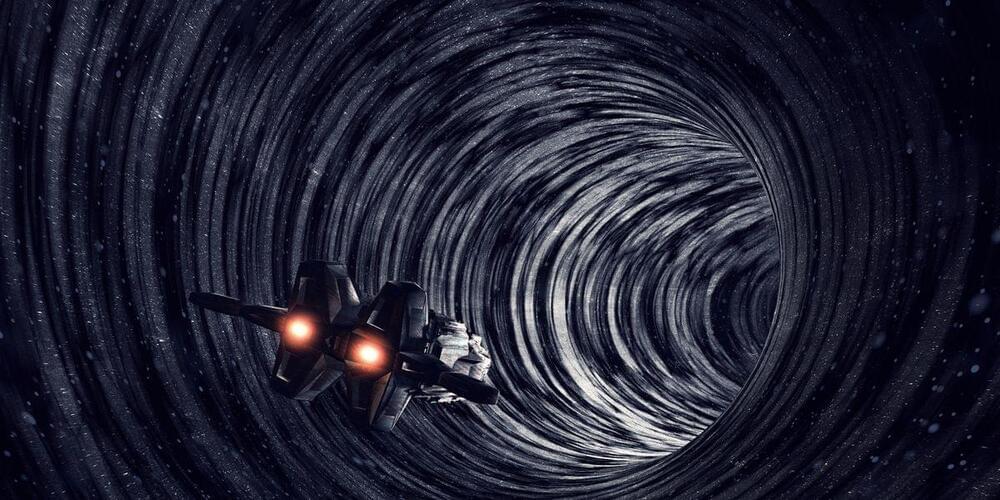
https://youtube.com/watch?v=V8cPdjO3a_U&feature=share
Find out what the world will be like a million years from now, as well as what kind of technology we’ll have available.
► All-New Echo Dot (5th Generation) | Smart Speaker with Clock and Alexa | Cloud Blue: https://amzn.to/3ISUX1u.
► Brilliant: Interactive Science And Math Learning: https://bit.ly/JasperAITechUniNet.
Timestamps:
0:00 No Physical Bodies.
1:51 Wormhole Creation.
2:44 Travel At Speed Of Light.
3:21 Type 3 Civilization.
4:52 Gravitational Waves.
5:46 Computers the Size of Planets.
6:56 Computronium.
I explain the following ideas on this channel:
* Technology trends, both current and anticipated.
* Popular business technology.
* The Impact of Artificial Intelligence.
* Innovation In Space and New Scientific Discoveries.
* Entrepreneurial and Business Innovation.
Subscribe link.
https://www.youtube.com/channel/UCpaciBakZZlS3mbn9bHqTEw.
Disclaimer:
Some of the links contained in this description are affiliate links.
As an Amazon Associate, I get commissions on orders that qualify.
This video describes the world and its technologies in a million years. Future technology, future technologies, tech universe, computronium, the world in a million years, digital immortality, wormhole, wormholes, faster than light, type 3 civilization, control gravity, planet sized computer, black hole energy extraction, black hole, black hole energy, and so on.
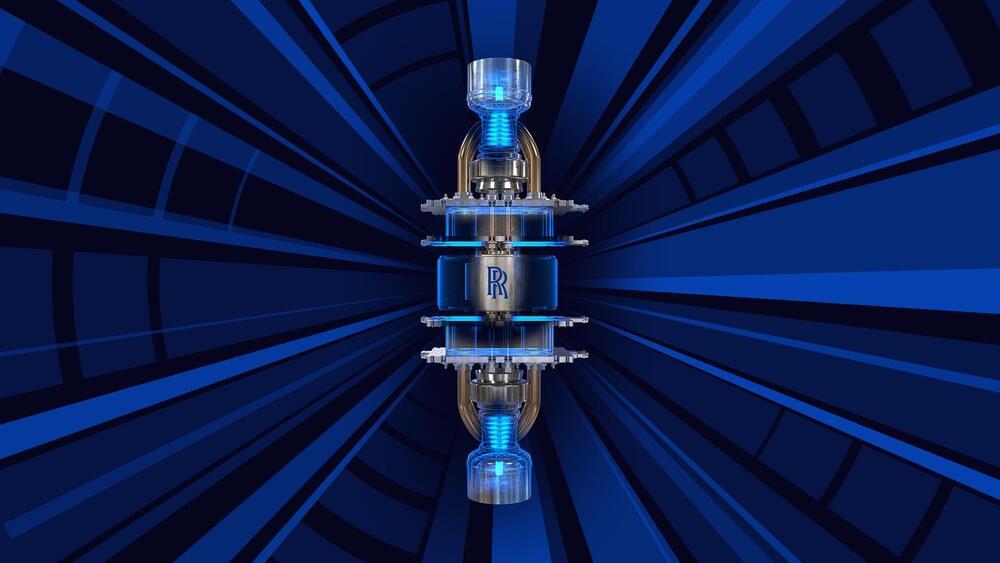
It is “designed to use an inherently safe and extremely robust fuel form.”
The future of deep space exploration is near. Rolls-Royce revealed a new image of a micro-reactor for space that it says is “designed to use an inherently safe and extremely robust fuel form.”
The iconic engineering firm recently tweeted the image alongside a caption. It is designing the nuclear fission system as part of an agreement it penned with the UK Space Agency in 2021.
Nuclear propulsion systems for space, which harness the energy produced during the splitting of atoms, have great potential for accelerating space travel and reducing transit times. This could be of particular importance when sending humans to Mars… More.
Rolls-Royce/Twitter.
Rolls-Royce revealed a new image of a micro-reactor for space that it says is “designed to use an inherently safe and extremely robust fuel form.”
